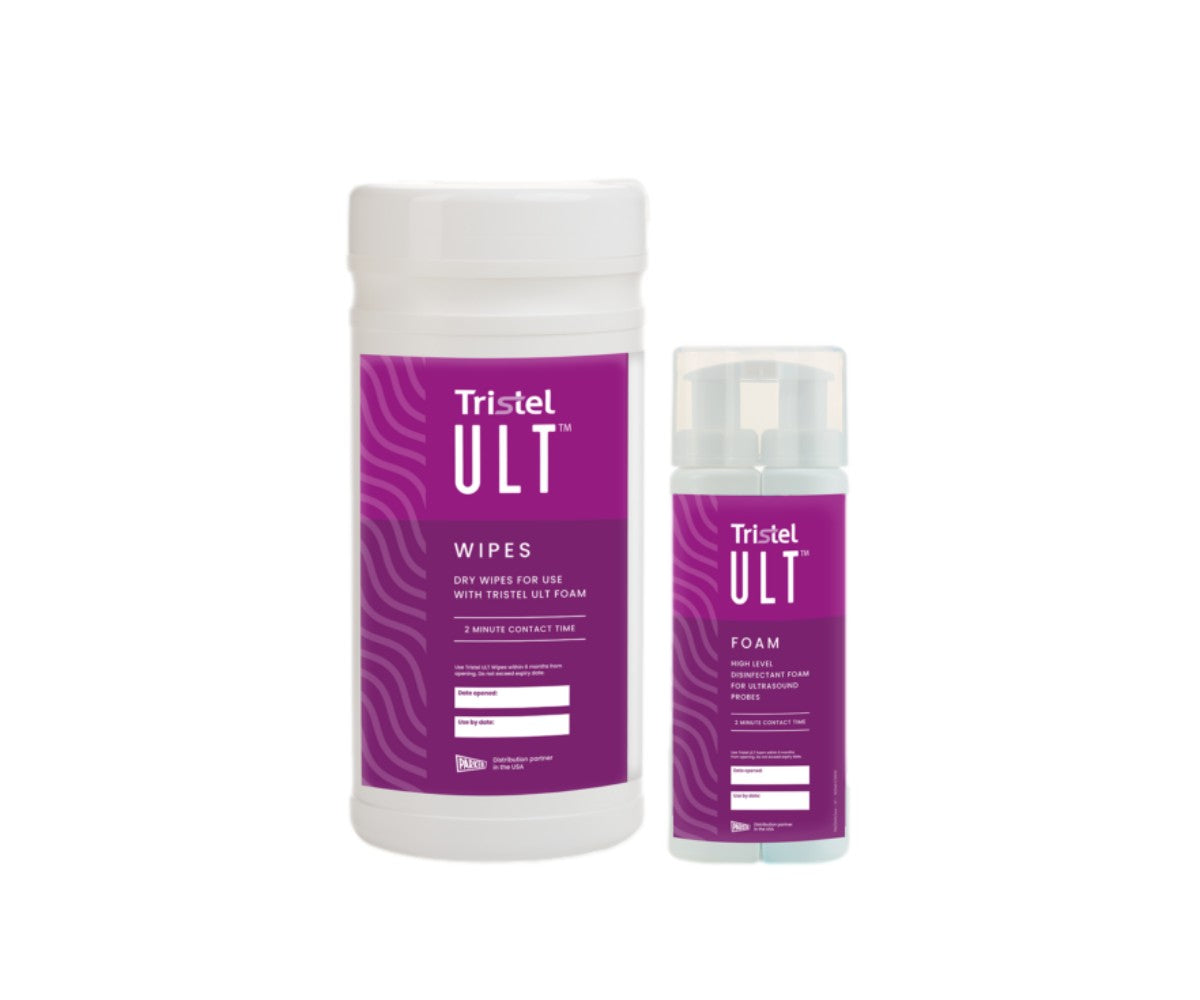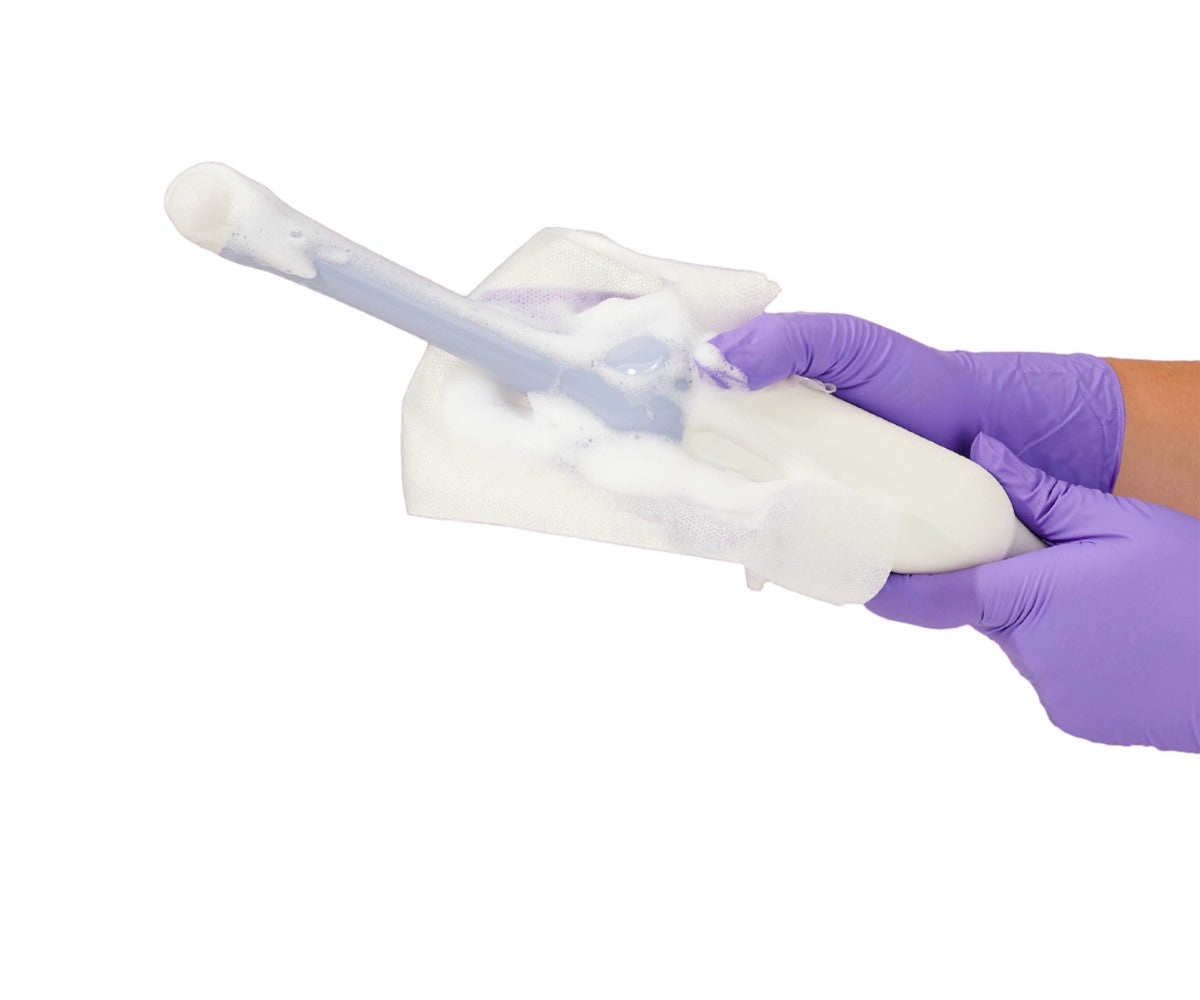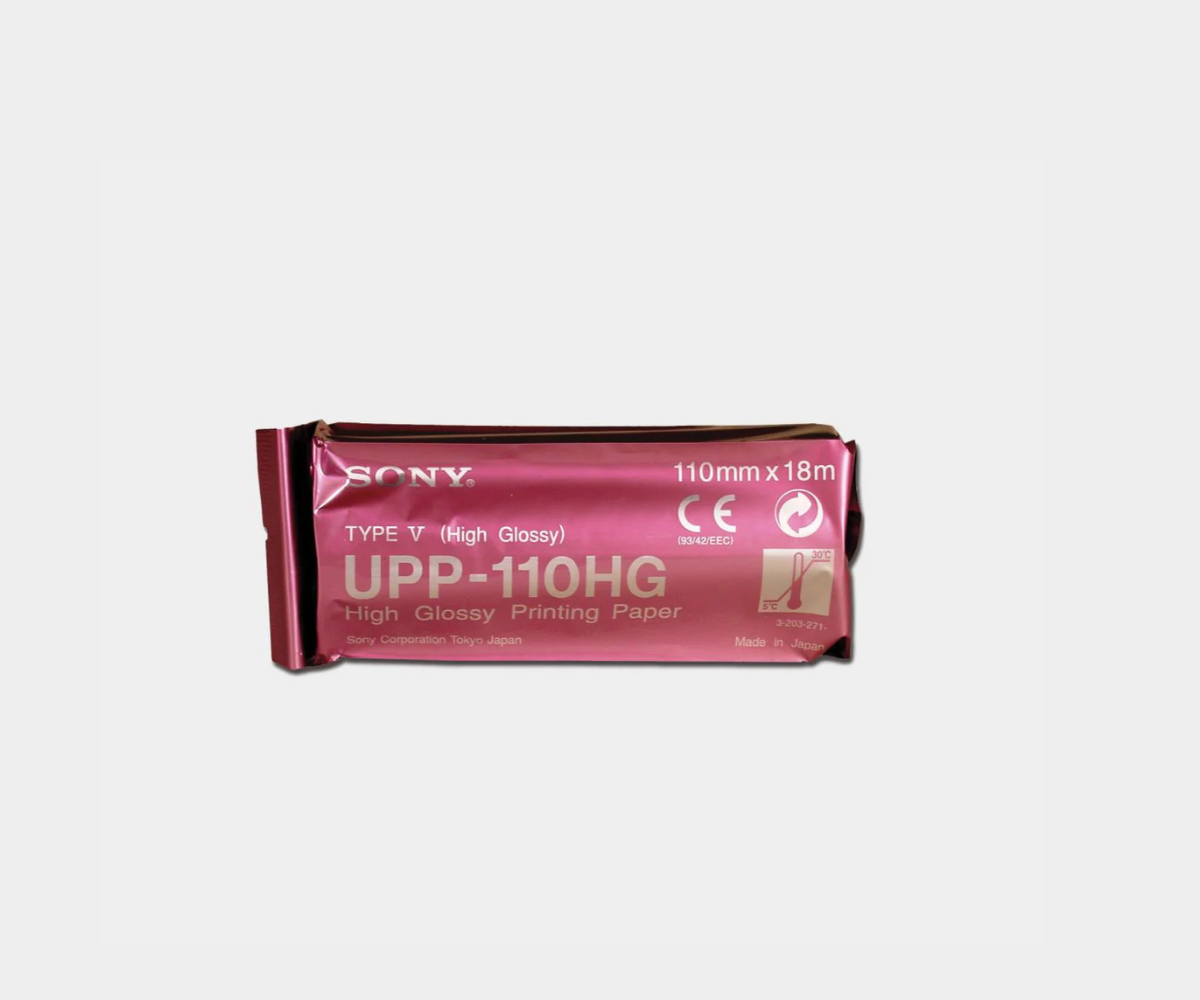Healthcare-associated infections (HAIs) continue to pose a risk to patient safety. The Centers for Disease Control and Prevention (CDC) reports that on any given day 1 in 31 hospital patients will contract an HAI in the United States. At the forefront of the fight against HAIs are healthcare providers themselves. To successfully combat infections, it is crucial that practitioners work alongside infection preventionists and adhere to their facility's infection control protocols. Without a concerted effort that includes providers, any attempt to increase patient safety will fall flat.
This is why infection prevention and control education is so important in healthcare settings. Infection control teams should seek to inform medical staff of the latest developments in the field, best practices, and guidelines. Doing so not only increases provider knowledge, but also fosters a culture of infection control where all stakeholders in the facility feel a sense of responsibility.
Infection prevention and patient safety should not be seen as solely the responsibility of the infection preventionists but rather of every healthcare worker.
Here are 5 tips for exercising your role in the fight against healthcare-associated infections:
Wash Your Hands
Proper hand hygiene is a foundational way in which healthcare practitioners can reduce the risk of infection. Medical staff across specialties come into direct contact with patients. For example, ultrasound imaging practitioners, such as sonographers, will place their hands on the transducer which in turn is in contact with the patient’s body. On the other hand, disciplines such as occupational therapy and physical therapy, many times require practitioners to place their hands directly on the patient to carry out treatment. This sort of direct contact with patients can be found in a wide variety of clinical areas. By failing to exercise proper hand washing, clinicians may transmit pathogens to patients via their hands while also placing themselves at risk of infection.
The CDC states that hand washing can even prevent the spread of germs which have become resistant to antibiotics. Whether the clinician places their hands on the patient, on a surface near them, or on a device that will come into contact with them, washing your hands for at least 15 seconds can prevent the spread of germs, says the CDC.
Here are five times when it is critical that healthcare professionals wash their hands:
- Before performing an aseptic procedure.
- Following any exposure to bodily fluids, such as oral care and lesion care, as well as glove removal.
- After performing a physical assessment or bathing the patient.
- As you enter the patient area and prior to physically touching the patient.
- Upon exiting the patient area if you have touched any surface in the area, even if you have not had direct contact with the patient. This prevents potentially transmitting pathogens from one patient to another via the clinician’s hands.
Proper Glove Use
Medical gloves can form a barrier between the healthcare professional’s hands and infectious pathogens. The CDC recommends that clinicians wear gloves when they anticipate coming into contact with blood or other potentially infectious materials, non-intact skin, mucous membranes, potentially contaminated skin or contaminated equipment. However, it is important to note that gloves are by no means a replacement or substitute for proper hand washing. Healthcare practitioners should wash their hands before and after glove use. It is also important that the type of glove be taken into consideration — sterile or non-sterile, latex or latex-free — and chosen in accordance with the facility's infection prevention program.
Keep Vaccines Up to Date
Proper immunization plays a key role in reducing the spread of infectious diseases. It is important for healthcare professionals to maintain their current vaccinations on a yearly basis. Doing so protects both the patient and the provider.
Clean and disinfectant surfaces
Equipment and surfaces in the patient area should be routinely cleaned and disinfected. Healthcare practitioners, especially those working in interventional settings, should review their facility’s infection control protocol and ensure that the proper sprays or wipes are used to disinfectant devices. Devices used in surgical or interventional environments may require a higher level of disinfection. For example, endocavity ultrasound transducers require the use of high-level disinfection following patient use due to the risk level associated with these scans.
Depending on the nature of the procedure and supplies used, clinicians should work with their facility’s infection control department to determine proper reprocessing. Devices which are not properly reprocessed can pose a significant threat to other patients by becoming a vector of infection. Cleaning and disinfecting equipment protects the device, patients, and staff by reducing the risk of cross-contamination.
To successfully improve patient safety, administrators and medical staff must make infection prevention the priority. The CDC reports that effective infection prevention and control (IPC) programs have the ability to reduce healthcare-associated infections by at least 30%. There is no dearth of guidelines and recommendations related to infection prevention. The CDC and World Health Organization (WHO) have both issued a wide range of documents to better inform healthcare practitioners of the dangers associated with specific procedures. From practicing safe injections to surgical site infections, professionals across clinical areas have a wealth of information at their disposal.
The onus is also on healthcare facilities to ensure that their established infection prevention protocols are in line with developments in IPC. As the recommendations from regulatory bodies, such as the Federal Drug Administration (FDA), are updated, infection preventionists and administrators should seek to review their own programs. Keeping an updated protocol is one step towards fostering more effective IPC. It is also a crucial move towards ensuring that all stakeholders in the healthcare practice are equally informed of the importance of infection prevention and its role in improving patient safety.







